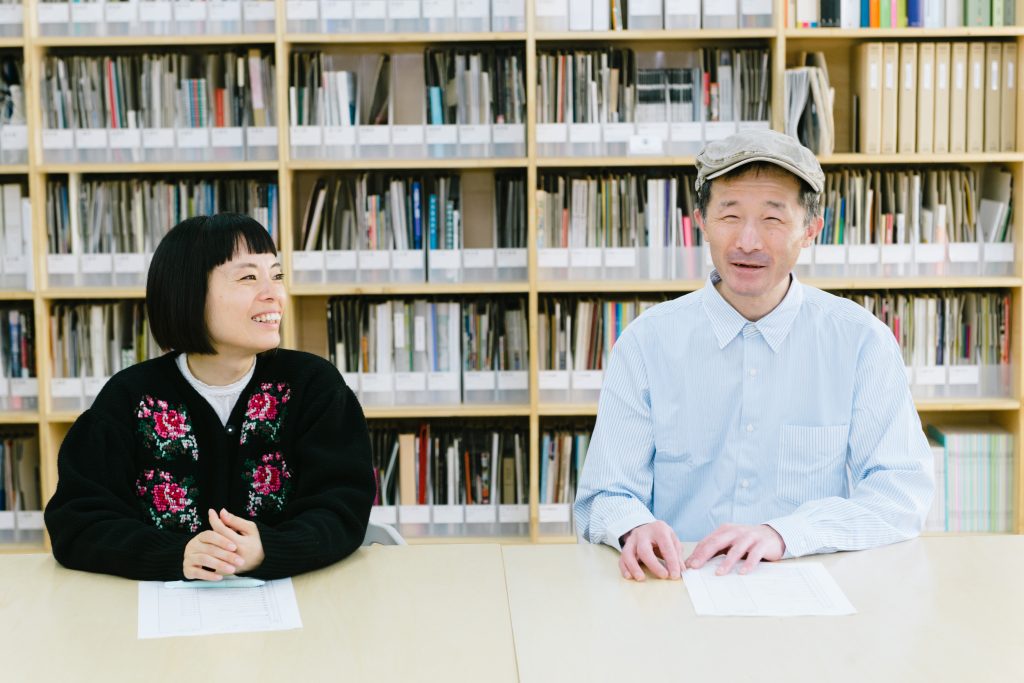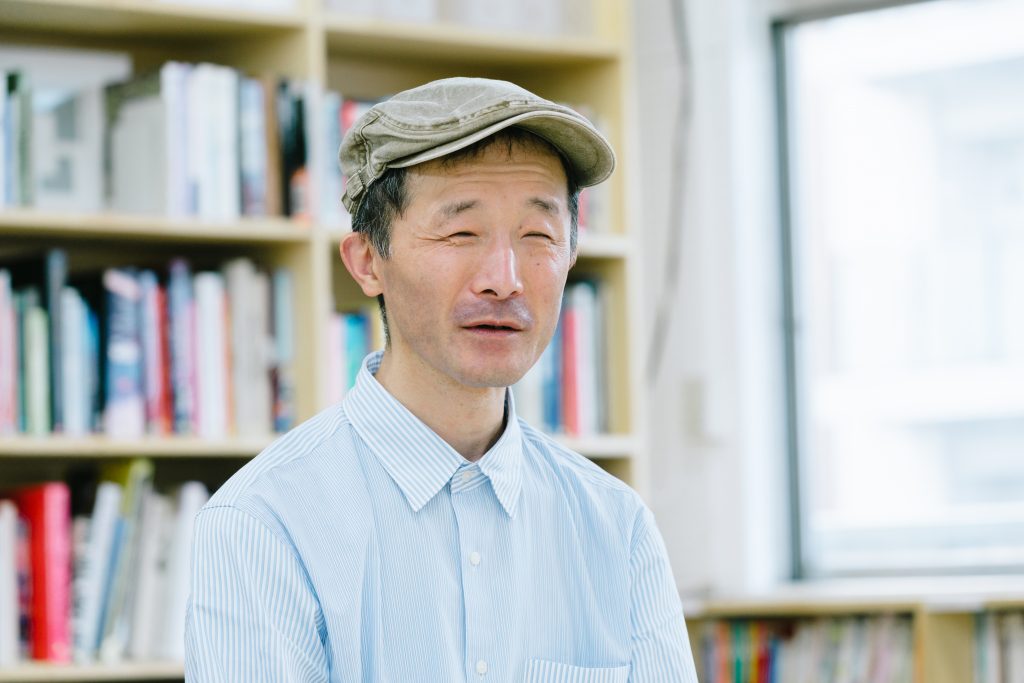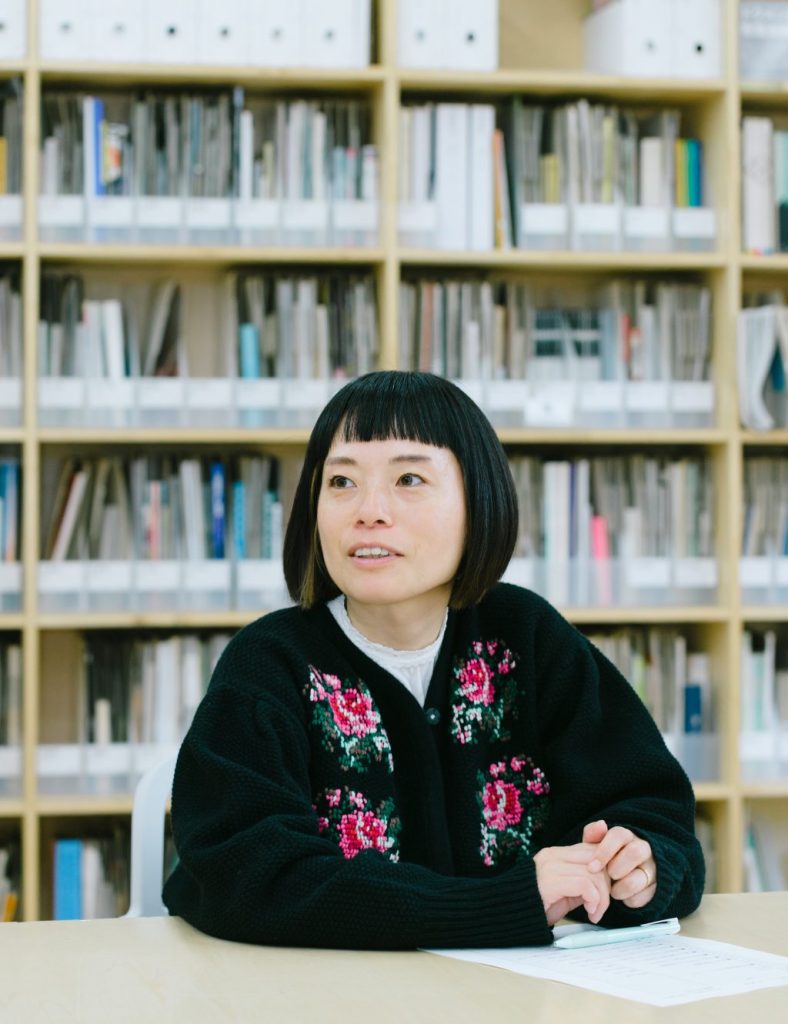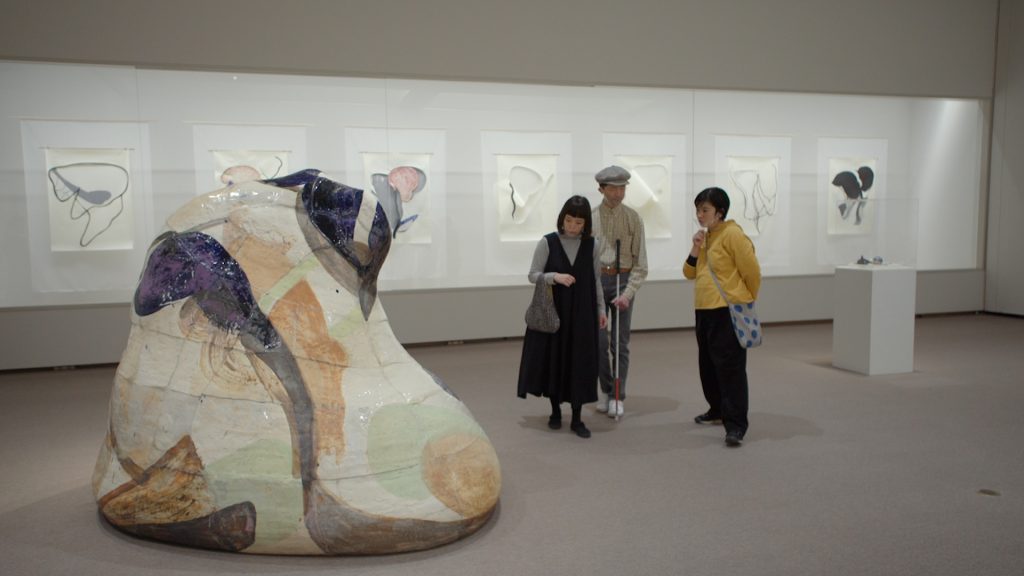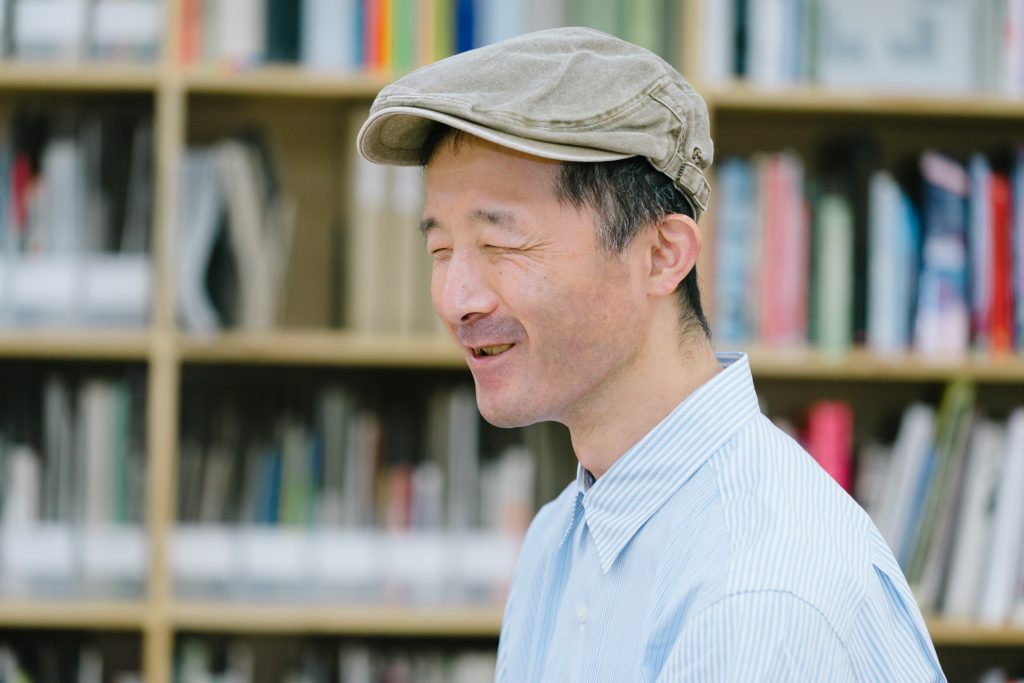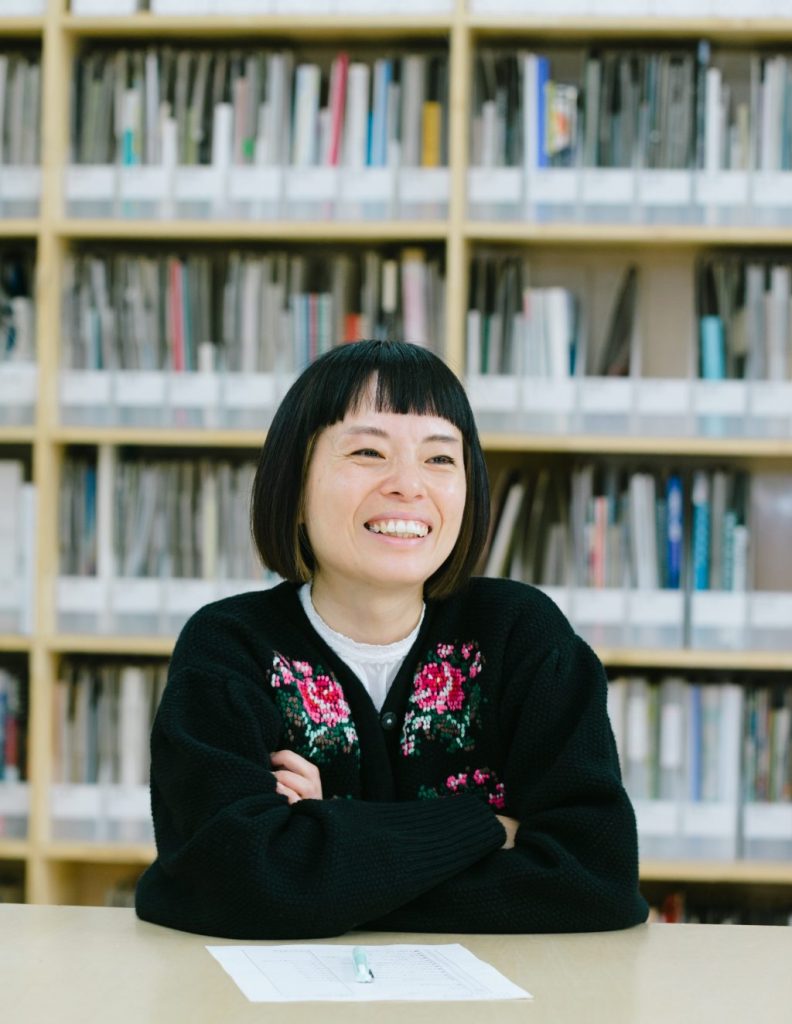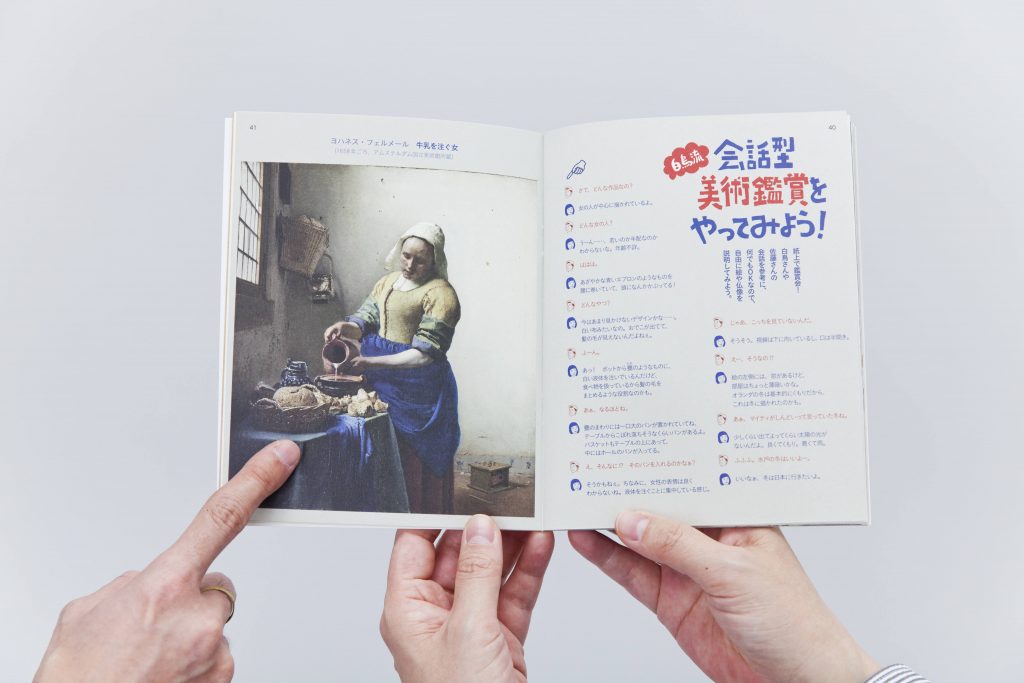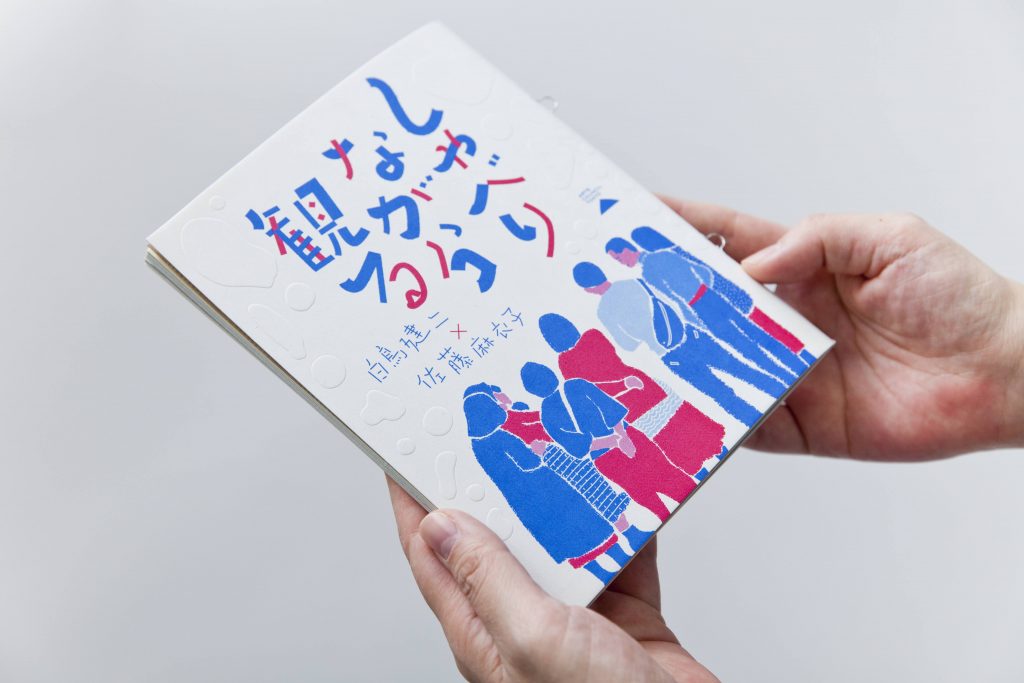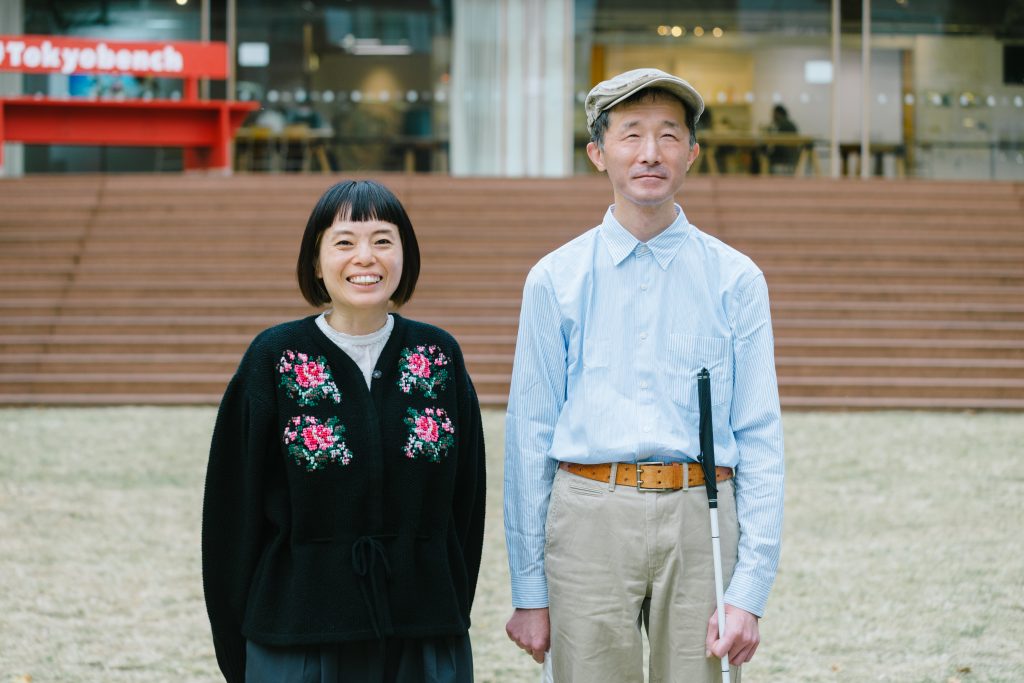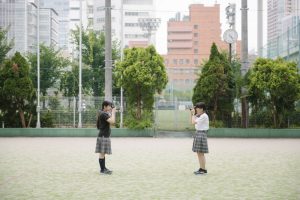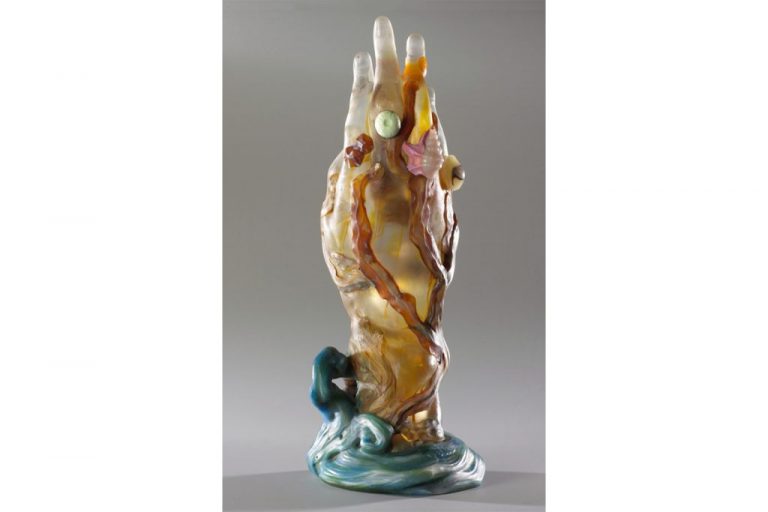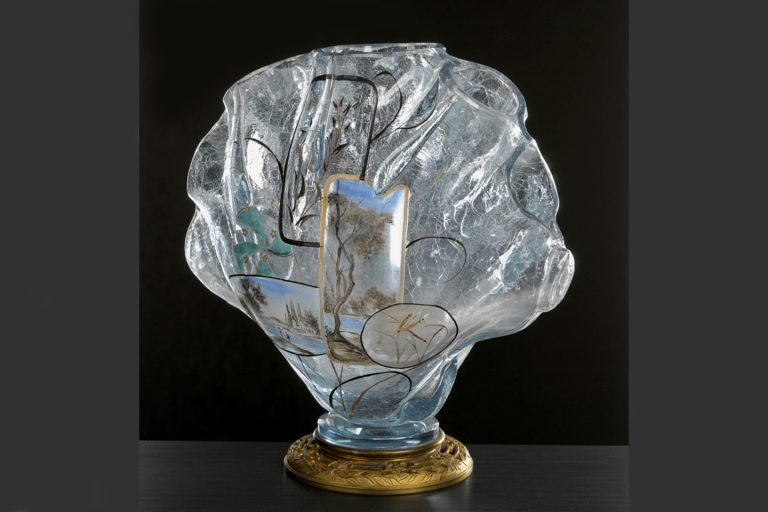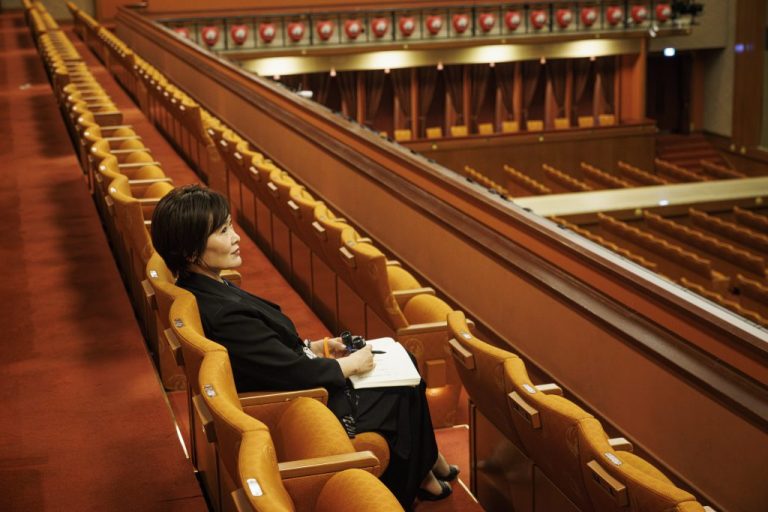──The book also introduces 12 key points, “Shiratori-style recommendations for conversational appreciation.” For example, it suggests that you “see artworks you like.”
Shiratori: It takes time to savor a piece of artwork, and we can’t see all the works on display. So, we pick and choose the works we like or are interested in and focus on them.
Sato: We spend 15 to 20 minutes on a piece. That means we can see maybe three or four at most in a single viewing event. With different people’s verbal descriptions of their experiences mixed in, the work becomes, abstractly speaking, “three-dimensional.” I believe this is a much richer experience than seeing everything but not really remembering what you saw in the end.
──I also liked “It gradually dawns on you.” The tip tells you that you don’t have to understand the work as you view it.
Shiratori: That’s true. We are not in a hurry to find the answer. Whether you can enjoy the work and deepen your understanding of it is only one aspect of the experience.
──When viewing artwork, you are sometimes pressured to feel something special. But that’s not the point. It’s about what you set as your goal.
Shiratori: In my case, the experience at a museum itself is important.
──Ms. Sato, do you also chat when you are at a museum with someone other than Mr. Shiratori?
Sato: Sometimes. It has become normal for me to appreciate art while talking.
──When it comes to viewing art while talking, you could also have a catalog spread in front of you and discuss the works in it. Is that different from the viewing experience at a museum?
Shiratori: You can achieve something similar, but what I look for is an experience, I think. For example, even if a sculpture can be touched, simply touching it is not enough to appreciate it. There needs to be something additional for it to become a special experience. Recently, I’ve been interested in outdoor sculptures. When I visit them with someone familiar with the place, I get to hear stories based on the person’s experience, like “the work looks like this when you see it from afar,” or “it changes like this when the light hits it.” That is when I feel “I had a great experience.”
Sato: You want to enjoy everything, including things unrelated to the artwork, like the path to the museum, the surrounding environment, the tone of the voices of the people you are with, or the soba restaurant and brooch we discussed earlier.
Shiratori: As you get to know more people, you visit the museums to see them.
──In the book, you wrote that you “like art museums,” but not “art.” You emphasize the importance of experiences.
Shiratori: I’m not interested in art. I often hear the expression the “power of art,” but it doesn’t really suit me.
Sato: I like both museums and art. When it comes to art, you can be looking at the same work but react differently. Each person’s background affects the way we appreciate the piece. And instead of leading to a confrontation, we can talk about how each of us sees it. That’s what’s interesting about art.


